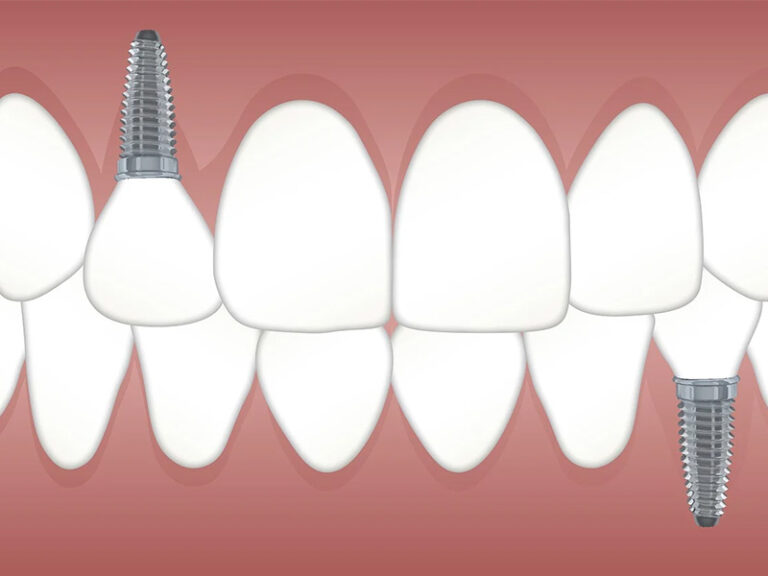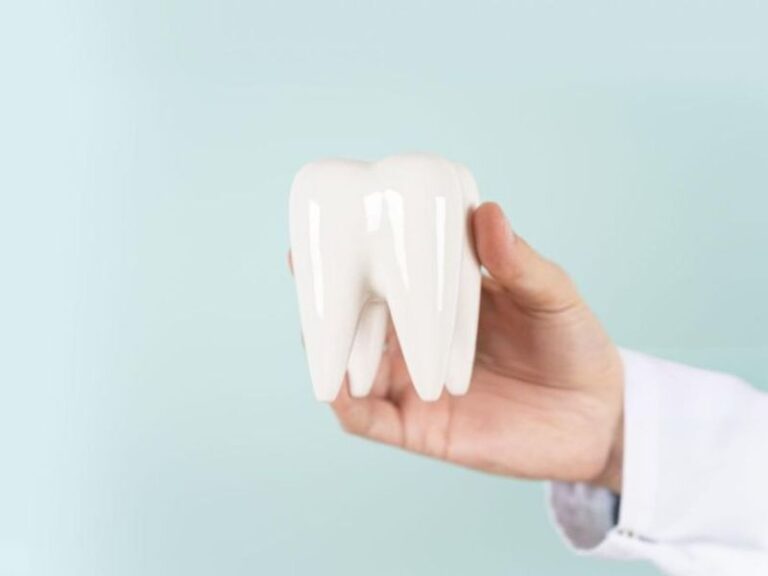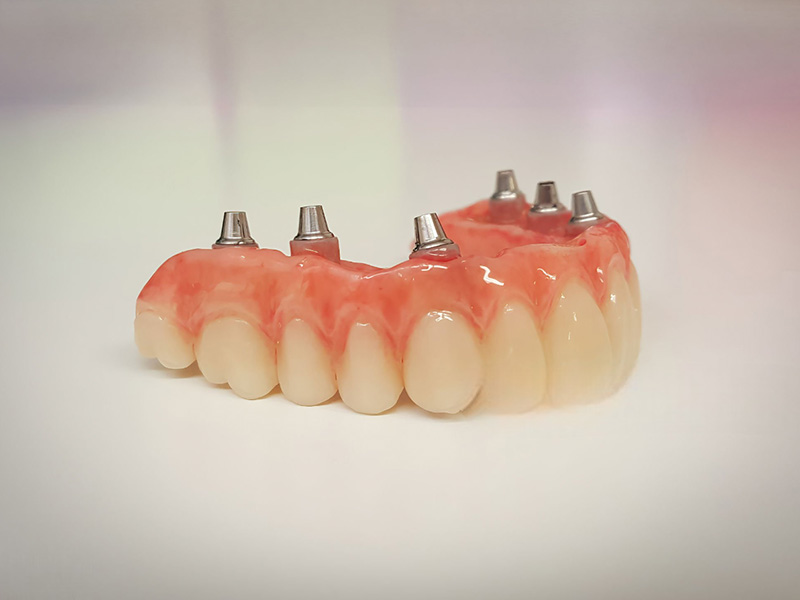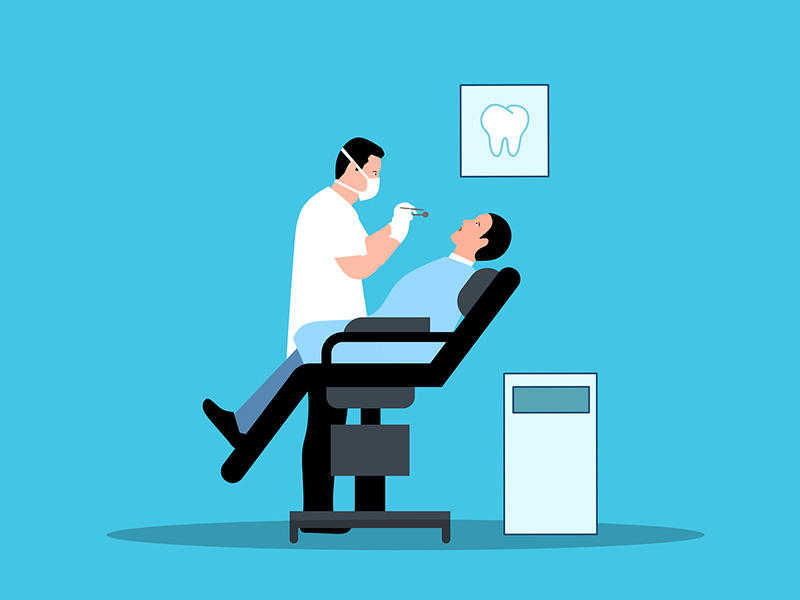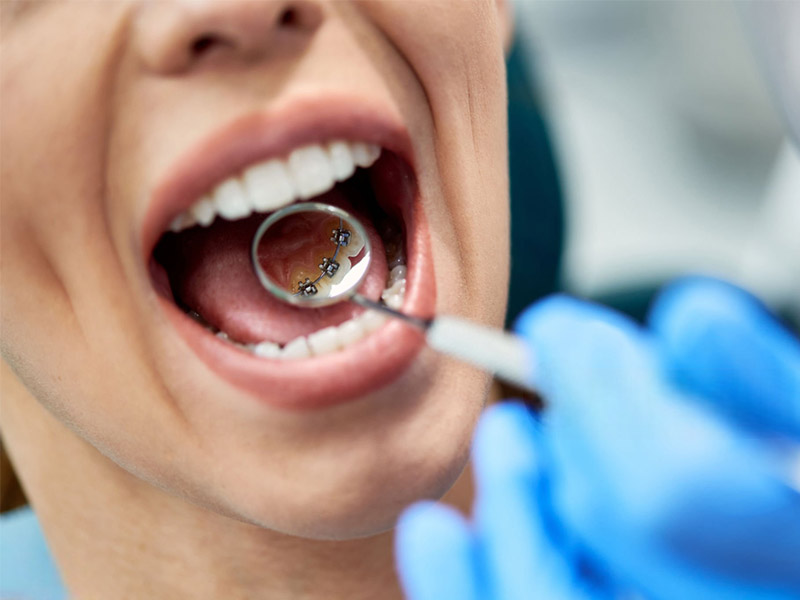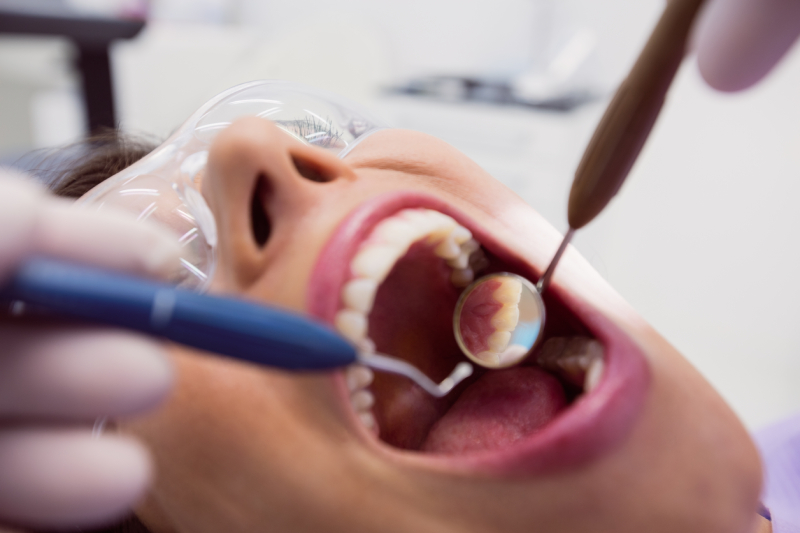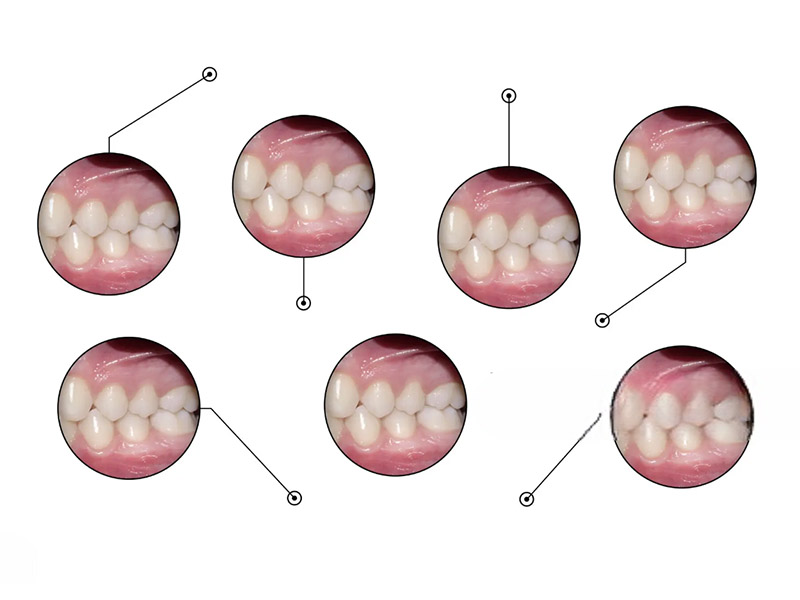
Retainers vs. Braces: Everything You Need to Know for a Happy Smile
When it comes to fixing crooked teeth and keeping your nice smile, you probably hear two words at the dentist a lot: braces and retainers. Maybe you’re just starting to think about getting your teeth straightened for yourself or your child, or maybe your braces are finally about to come off—and now your orthodontist is talking about wearing a retainer. So, you might wonder:
Are braces and retainers the same thing? What’s the real difference? Do I really need both?
If you’ve got these questions, or you’re worried about the cost, the time, or how your teeth will look later, you’re not alone. This guide is here to break things down for you so your path to a healthy, happy smile feels simple instead of stressful.
Table of Contents
Understanding Braces and Retainers: What’s Actually Happening With My Teeth?
First things first. Braces and retainers do different—but both important—jobs in orthodontics. Put simply: braces move teeth, retainers keep them in place.
- Braces make your teeth move where they’re supposed to go. Think of them like builders working on a project—your smile.
- Retainers keep your straightened teeth from moving back to where they started. Imagine putting a fence up after all the work is finished.
If your orthodontic journey is a marathon, braces push you up the hill, doing the tough work. Retainers are the finish line—they make sure all those changes last.
The truth is, most people need both braces and retainers if they want a straight smile that lasts.
So, What Are Braces? Types, How They Work, and What It’s Like
Let’s be honest: The word “braces” brings up all kinds of feelings. Some people see them as a normal part of growing up (“metal mouth” jokes, anyone?), others can’t wait for the straight, confident smile afterward. No matter how you feel, it’s good to know what braces really are—and what they’re not.
How Do Braces Work?
Think of braces like tools with lots of parts. They use steady, gentle pressure to move your teeth into better spots over time. Not only does this make your teeth look better, it also helps you chew, talk, and clean your teeth more easily.
The Science, Made Easy
Each tooth sits in a small hole in your jawbone. Braces use brackets, wires, and sometimes rubber bands to slowly guide your teeth to new spots. Every few weeks, your orthodontist adjusts the pressure, moving things a little more every time.
The Different Kinds of Braces
One size doesn’t fit all! Here’s what braces can look like:
1. Metal Braces (Traditional)
These are the well-known silver brackets and wires you think of first. They’re strong and usually the cheapest.
2. Ceramic Braces (Clear Braces)
These use brackets that match your teeth, so they’re less noticeable, but still work just as well as metal ones.
3. Lingual Braces
These go on the back of your teeth, so you can’t see them from the front. They’re great if you care about looks, but can be harder to clean and tweak.
4. Self-Ligating Braces
Instead of regular rubber bands, these use clips to hold the wire, which can mean shorter appointments and less soreness.
5. Clear Aligners (like Invisalign)
These aren’t really “braces,” but they belong in the same group. They’re plastic trays that you can take out and pop back in, designed to slowly push your teeth into place. They’re super hard for other people to notice, but you need to wear them 22 hours a day for them to work!
The Braces Process: What Happens
- Starting Out: First, your orthodontist takes pictures, maybe an X-ray, and might make a 3D model of your mouth. Then comes your custom plan.
- Getting Braces On: Brackets get glued to your teeth, then hooked together with a wire.
- Routine Adjustments: Every 4-8 weeks you go back for tightening or a new wire. This helps your teeth keep moving where they should go.
- How Long: Most folks wear braces for 1.5 to 3 years, though it depends on your teeth.
- Taking Them Off: After your teeth are straight, your brackets and wires come off! But hold up—you’ll still need a retainer.
Braces: The Good and the Bad
Let’s keep it real. Braces aren’t perfect. Here’s the honest breakdown:
Good Stuff:
- Great for big changes and tricky dental problems.
- Works for almost everybody—kids, teens, and adults.
- Your orthodontist has a lot of control over each tooth.
Not-So-Good Stuff:
- Pretty easy for people to see (unless you use lingual or clear).
- Can make your mouth hurt at first or after check-ups.
- Can make eating and brushing a pain—especially with sticky or hard foods.
Quick tip: If a bracket breaks, don’t freak out. Use the wax your orthodontist gave you and give their office a call. Not an emergency, but don’t wait too long to get it fixed.
How to Take Care of Braces
- Brush well, best after every meal.
- Try a smaller toothbrush made for braces, or a water flosser.
- Avoid popcorn, gum, and sticky candy.
- Rinse out really well, and see your orthodontist (and regular dentist) often!
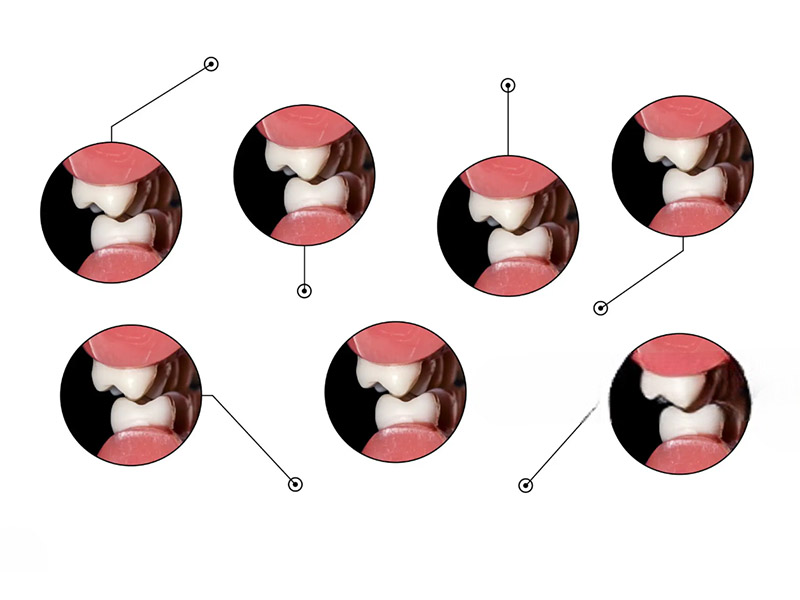
And What Are Retainers? What They Do, Their Types, and How To Care for Them
Your braces are finally off. You finally see your new smile, feel your teeth with your tongue…and then your orthodontist gives you a retainer. Now what?
Why Do I Need a Retainer?
Retainers are the quiet heroes of orthodontics. Think of them as the security guards for your new results. Even after your teeth are finally in place, they want to sneak back to where they came from (your teeth “remember” their old positions!). Retainers stop them from moving while your jaw and gums get used to the new way things are.
The Main Point
Braces do the heavy lifting, moving your teeth. Retainers hold things steady. They don’t shift teeth; they just make sure everything stays where it should—especially for the first few months when your teeth are likely to want to move.
What Kinds of Retainers Are There?
Just like braces, retainers aren’t all the same. Here are your usual choices:
1. Hawley Retainers
These are easy to recognize: a plastic piece that fits your mouth, with a thin metal wire across your front teeth. Pros: They last a long time, and you can adjust them. Cons: Others can see them and they may change your speech at first.
2. Essix Retainers
These look a lot like clear aligners—like a tight, see-through tray that goes over your teeth. They’re just about invisible and most people find them comfy, but they don’t last as long as Hawley ones.
3. Fixed (Permanent) Retainers
A skinny wire glued to the back of your front teeth—usually on the bottom. You don’t take it out, so you can’t lose it! Handy if you tend to forget or if your teeth are likely to move a lot.
The Retainer Phase: What to Expect
- When: You usually get a retainer right away when the braces or aligners come off.
- How Long:
- First 3 to 12 months: Wear it as much as you can (20-22 hours a day, only taking it out to eat or clean).
- After that: Wear it at night, for the rest of your life if you want to keep things straight.
- Why: Teeth always want to move, even years after you’ve worn braces, so you need to wear a retainer at night forever if you want that straight smile to last!
Retainers: Good and Bad
Good
- Needed to keep your teeth straight for the long run.
- Some are basically invisible (Essix or fixed styles).
- Removable kinds are easy to clean.
Bad
- If you can take them out, you might lose them. And yes, dogs love to chew on them!
- Some speech trouble at first, especially with Hawley types.
- If it’s glued in, it’s hard to clean around.
How to Care for Retainers
- Always put removable retainers in their case (not in a napkin—you’ll throw them out by accident!).
- Use a soft toothbrush and mild soap, or cleaning tablets; don’t use hot water.
- For fixed retainers, a floss threader or water flosser is great for cleaning.
- If you lose or break your retainer, get it replaced ASAP; your teeth can move fast.
Braces vs. Retainers: A Clear Comparison
A lot of people hope they can skip the retainer part, or maybe fix a crooked tooth using just a retainer. Here’s what you need to know:
| Feature | Braces | Retainers |
|---|---|---|
| Purpose | Move your teeth | Hold your teeth in place |
| When Used | Start of treatment | After treatment |
| Types | Metal, ceramic, lingual, aligners | Hawley, Essix, fixed |
| Visibility | Pretty easy to see (except aligners & lingual) | Hardly seen (except Hawley) |
| How Long | 1-3 years on average | Full-time for a few months, then just nights forever |
| Cost | $3,000 – $10,000+ (depends on your case and where you live) | Usually included at first; new ones cost $100–$500+ |
| Do You Have to Stick to the Plan? | Yes, for appointments, cleaning, food choices | Yes, for regular wearing and cleaning |
| Pain/Discomfort | Sore after tightening | Little pressure, speech changes for a day or two |
| Cleaning | Takes work, more steps | Removable ones are easy, glued ones are not |
| How Long You Use It | Stops when teeth are straight | Keeps going—needed for stability |
Here’s what really matters: Braces make the change—retainers keep it from slipping away. Without a retainer, your teeth can go back, undoing all that hard work.
Who Needs Which One? When You Need Braces, When You Need a Retainer
You might wonder: Can I skip braces and just use a retainer for my crooked teeth? Or Will my teeth really move if I forget my retainer sometimes?
When Do You Need Braces or Aligners?
Braces are needed when you want to shift your teeth around:
- Lots of crowding
- Big gaps
- Bite problems (overbite, underbite, crossbite, open bite)
- Jaw gets out of line
Clear aligners like Invisalign can do many of these things, just not as obviously.
When Do You Need Retainers?
Anyone who got braces or clear aligners needs a retainer. No exceptions.
Why? Picture all the changes as “wet cement.” If you don’t hold it in place (with a retainer), it will slide back to its old shape.
Can Retainers Fix Small Problems?
If your teeth only moved a tiny bit, a retainer might be able to shift a little back under a doctor’s plan. But, retainers aren’t for doing the heavy lifting. They’re for keeping your bite in place, not for making big moves. If your teeth already moved a lot, you’ll probably need braces or aligners again—even if just for a short time.
Keeping Your Smile Long-Term: Tips That Really Work
Getting your braces off can feel amazing. But what you do next is just as important as everything leading up to it.
What Happens When Braces Come Off
Right after braces come off, your teeth want to move. That first year is when things are most likely to slip back. That’s why your orthodontist keeps reminding you to wear your retainer.
Why You Need to Wear Your Retainer—The Real Reason
Here’s a fact that should stick: If you don’t listen about wearing your retainer, 50-90% of people see their teeth move a lot. That’s like building a sandcastle and then letting the tide wash it away!
What Happens When You Don’t Wear It?
- Teeth crowd up or get crooked again
- Spaces come back
- The way you bite can change
- You might need braces again
Even just a few nights without your retainer can lead to small changes, especially early on. Make putting on your retainer at bedtime as normal as brushing your teeth.
Long-Term Retainer Tips
- Don’t skip check-ups with your orthodontist, even years later.
- Replace lost or old retainers quickly.
- Keep your last set of retainers for emergencies.
- Clean you retainer every day!
Common Questions About Braces and Retainers
1. Can I just get a retainer without ever having braces?
If you never had braces, a retainer probably can’t fix a truly crooked smile. Sometimes an orthodontist might use a retainer for small changes, but it’s usually for keeping things the way they are, not for fixing big issues.
2. How long do I have to wear my retainer?
Almost every orthodontist will say: forever. Full-time right after treatment, then just at night forever. Teeth always want to drift, and wearing your retainer is the best way to make things last.
3. What if my retainer gets lost?
Call your orthodontist right away! The sooner you get a new one, the less your teeth will move. Some offices can scan your teeth quickly and make you a new retainer fast.
4. Are glued-in (fixed) retainers better than ones you can take out?
There’s no one-size-fits-all answer. Fixed ones are good if you forget a lot, but they’re harder to clean. Some people use a fixed one on the bottom, and a removable one on the top.
5. Will insurance cover retainers?
It depends. Some plans pay for the first retainer after braces, but not extras. Always check your plan, and ask your orthodontist about ways to pay if you need a new one.
What You Should Remember: Confidence, Action, and That Big Smile
So, here’s what really matters: clarity and confidence.
- Braces are for making the big changes, lining up your teeth and your bite so everything works and looks better.
- Retainers are the secret weapon for keeping it that way, stopping your progress from slipping.
Trying to skip a step, or swap one for the other, can mess up everything. You might spend more money and time if you skip out.
The takeaways:
- Braces actually move your teeth—there are lots of choices no matter your needs.
- Retainers are a must after braces or aligners, or your teeth will move back.
- Retainers are a lifetime need if you want your smile to stick—wear them at night.
- Sticking to your orthodontist’s advice is the difference between keeping your results and losing them.
- Problems are easy to fix if you call your orthodontist quick.
You shouldn’t feel lost or like you have to go through this alone.
Here’s what you can do now:
- If you’re thinking about braces for yourself or your child, book a visit with a trusted orthodontist like Smile.MD. Bring all your questions—none of them are silly.
- If you just finished treatment, start wearing that retainer! Set reminders on your phone, keep your case handy, make it part of your bedtime.
- If your kid lost their retainer or you see a tooth moving, call your orthodontist ASAP—catching it early helps.
- Don’t let money or feeling embarrassed stop you from calling—they’ve heard and seen it all. Lots of places let you pay over time.
Remember: A strong, happy smile can last your whole life, but only if you have the right team (and wear that retainer!). If you have questions or want a plan that really fits you, reach out to Smile.MD’s caring team. Don’t settle for just okay—you deserve a great smile, for life.
Medically checked by Dr. Jane Doe, Orthodontic Specialist, Smile.MD. Sources: American Association of Orthodontists (AAO), World Federation of Orthodontists (WFO), ADA info on orthodontic retention.



